

The typical American household income was $57,652 in 2017, more than $6,000 higher than 2009’s median income of $51,425. Incomes have risen for the majority of households since the Great Recession, but as income inequality increased across the country, some of the richest places in the country have gotten even wealthier.
Some small towns and suburbs are home to high amounts of concentrated wealth. In these places, the typical household has an income that is three times, and occasionally even four times, that of the national median of $57,652.
To determine America’s richest towns, 24/7 Wall St. reviewed household income data from the U.S. Census Bureau’s American Community Survey in every American town with a population of between 1,000 and 25,000. Boroughs, census designated places, cities, towns, and villages were all considered.
Education is one of the largest determinants of income. Individuals with a college education are much more likely to work in one of the nation’s highest-paying jobs, and areas with higher educational attainment are more likely to attract advanced industry and commercial activity. In all of the 34 richest towns, the share of adults with a bachelor’s degree is at least double the national figure of 30.9%.
Extreme wealth tends to be much more common in the richest states in the country. And while there are wealthy towns all across the country (these are the richest town in each state), the very richest can be found in just a few states. The 34 towns on this list can be found in just 11 states.
To determine America’s poorest towns, 24/7 Wall St. reviewed five-year household income data from the U.S. Census Bureau’s American Community Survey in every American town with a population of between 1,000 and 25,000. Boroughs, census designated places, cities, towns, and villages were all considered. We excluded towns for which the margin of error at 90% confidence was greater than 10% of either the median household income or the population. Poverty rates, median home values, and the percentage of adults with at least a bachelor’s degree also came from the ACS and are also five-year estimates through 2017.
Click here to see America’s richest towns.
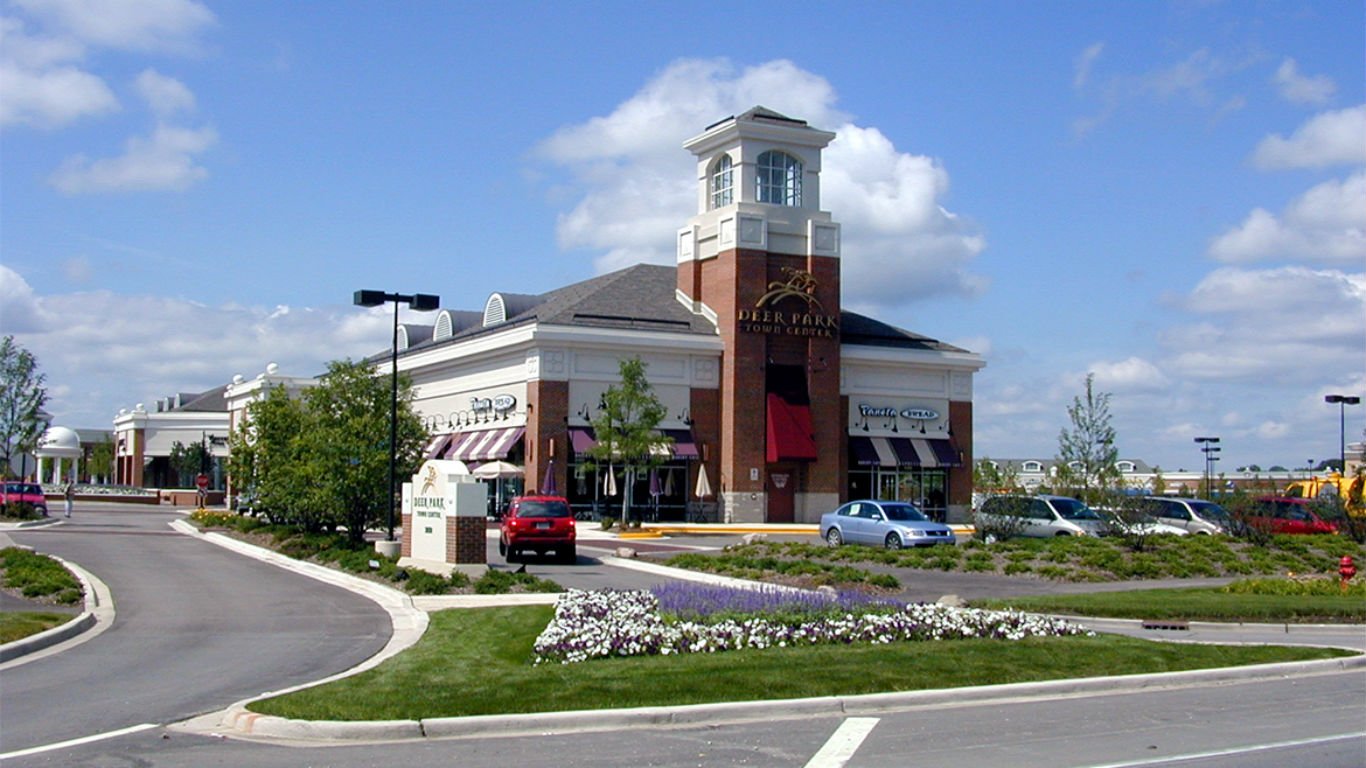
34. Deer Park, Illinois
> Median household income: $163,750
> Median home value: $556,800
> Adults with at least a bachelor’s degree: 63.3%
> Poverty rate: 2.6%
[in-text-ad]
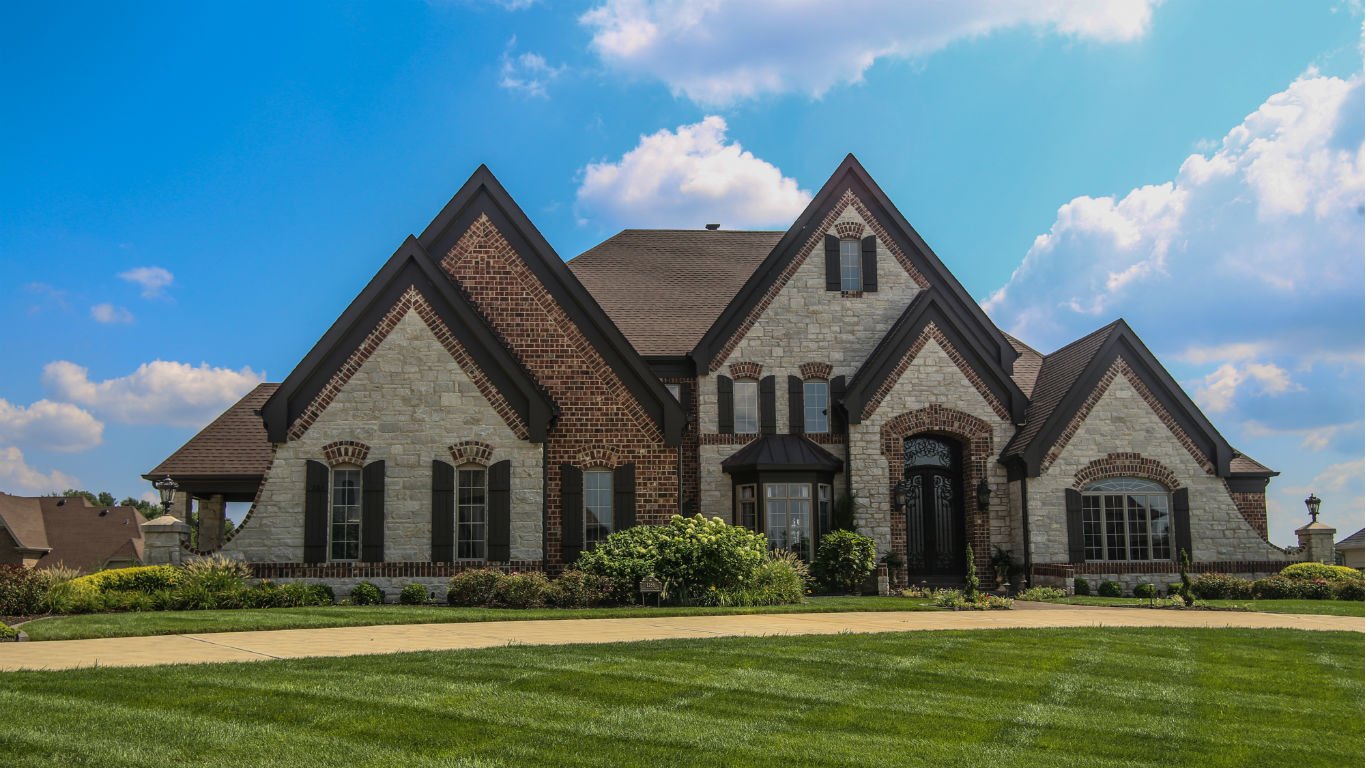
33. Town and Country, Missouri
> Median household income: $164,649
> Median home value: $693,000
> Adults with at least a bachelor’s degree: 76.4%
> Poverty rate: 4.4%
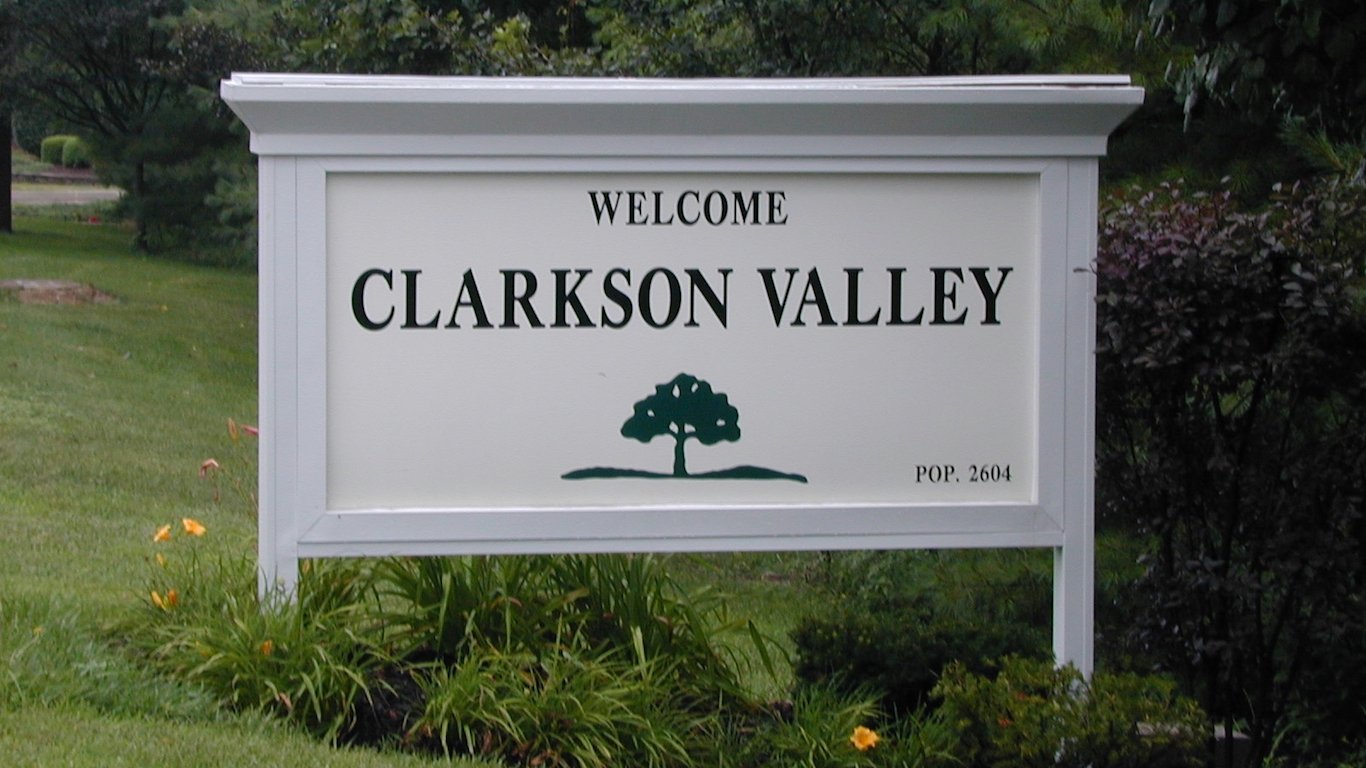
32. Clarkson Valley, Missouri
> Median household income: $166,200
> Median home value: $614,400
> Adults with at least a bachelor’s degree: 77.8%
> Poverty rate: 1.3%
[in-text-ad-2]
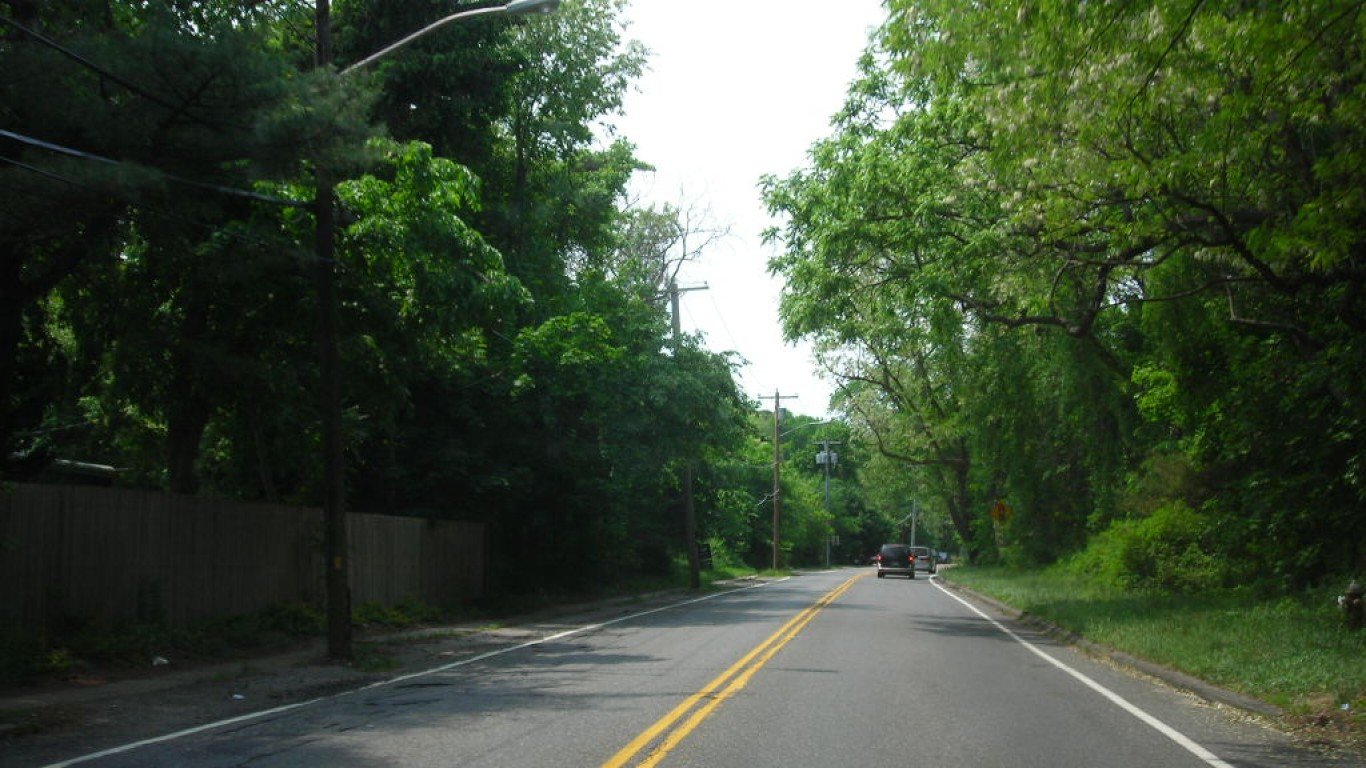
31. Woodbury, New York
> Median household income: $166,568
> Median home value: $831,100
> Adults with at least a bachelor’s degree: 65.2%
> Poverty rate: 3.5%
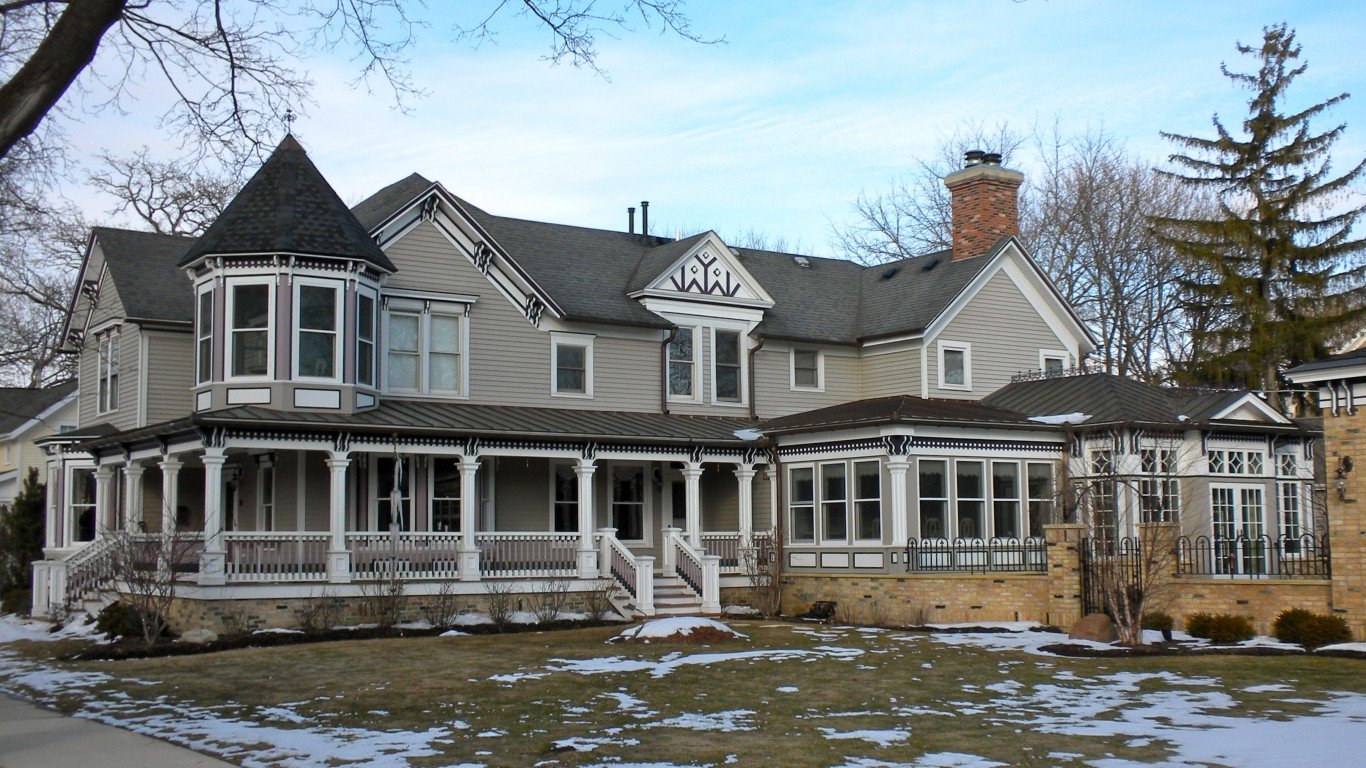
30. North Barrington, Illinois
> Median household income: $167,625
> Median home value: $653,600
> Adults with at least a bachelor’s degree: 71.2%
> Poverty rate: 3.1%
[in-text-ad]
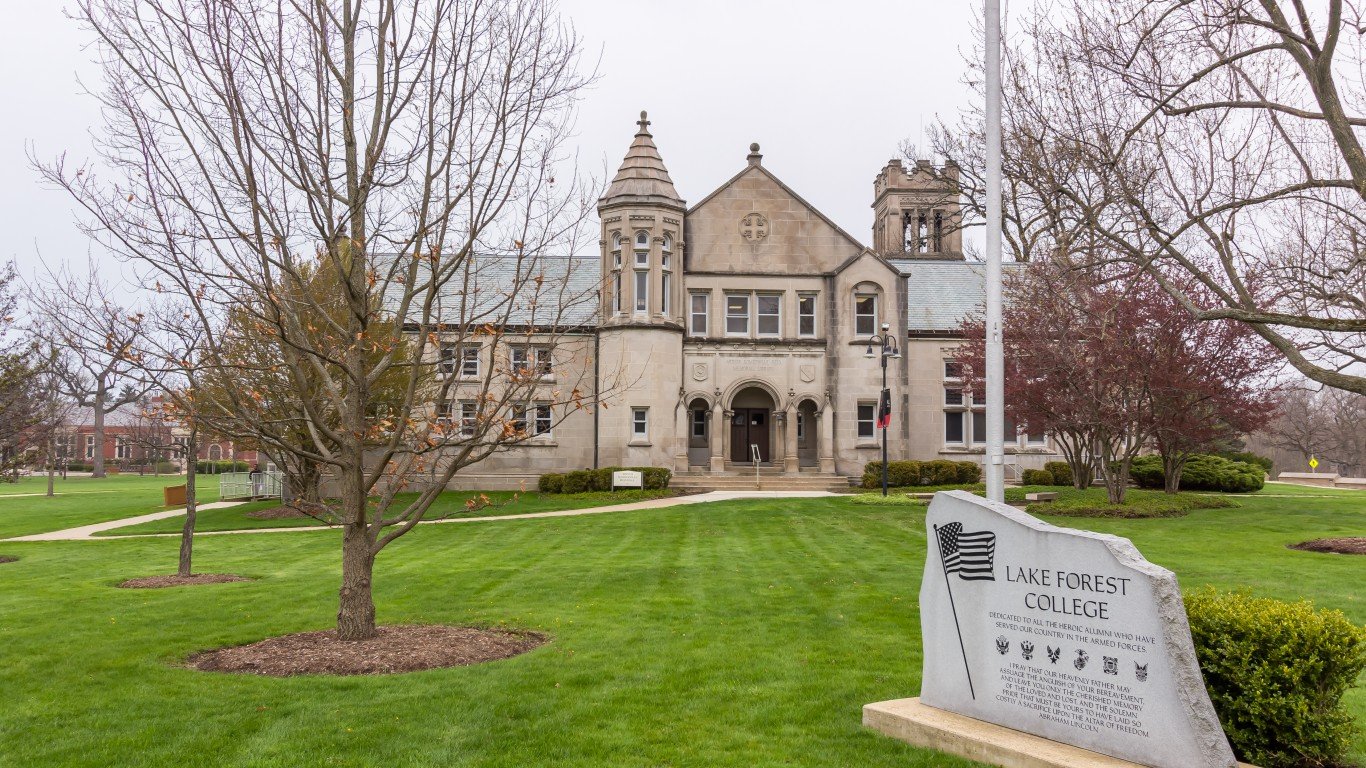
29. Lake Forest, Illinois
> Median household income: $169,122
> Median home value: $855,500
> Adults with at least a bachelor’s degree: 78.4%
> Poverty rate: 3.2%
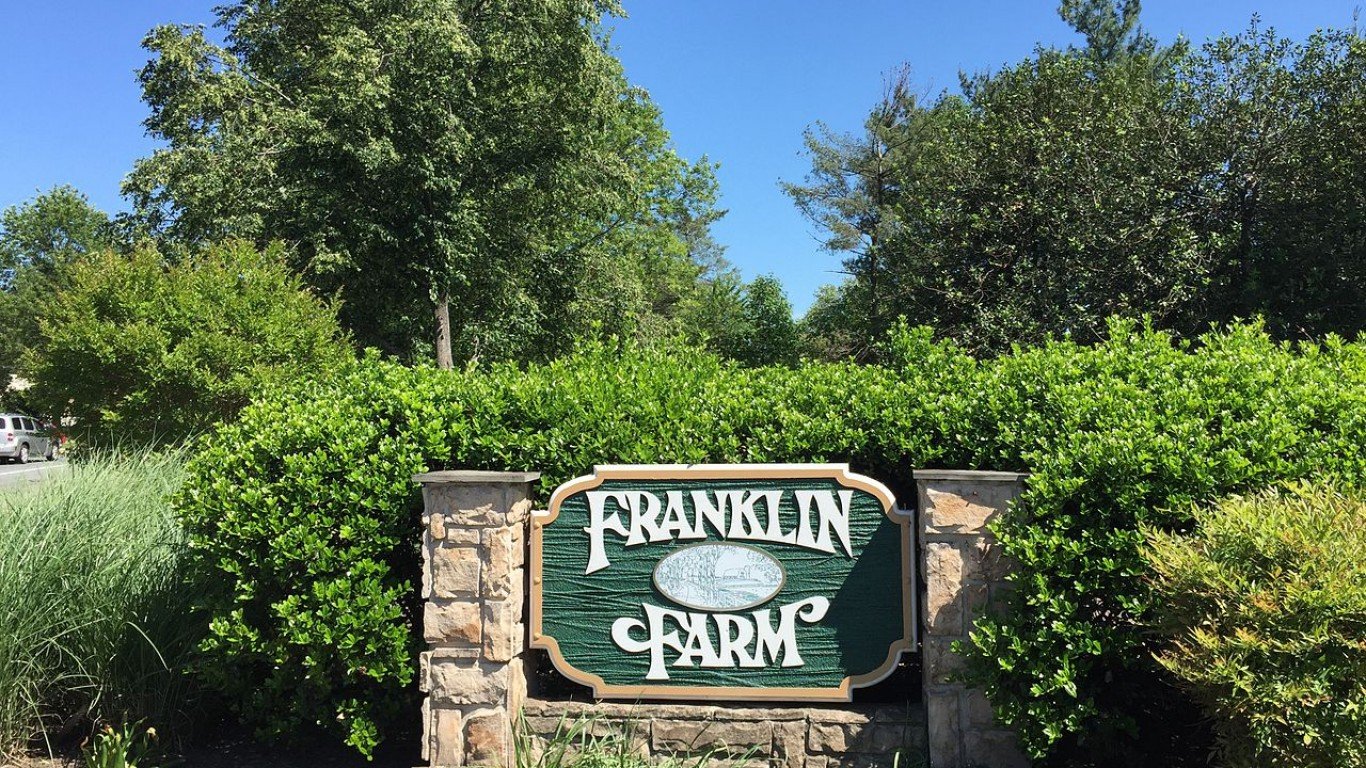
28. Franklin Farm, Virginia
> Median household income: $169,549
> Median home value: $610,200
> Adults with at least a bachelor’s degree: 75.3%
> Poverty rate: 2.0%
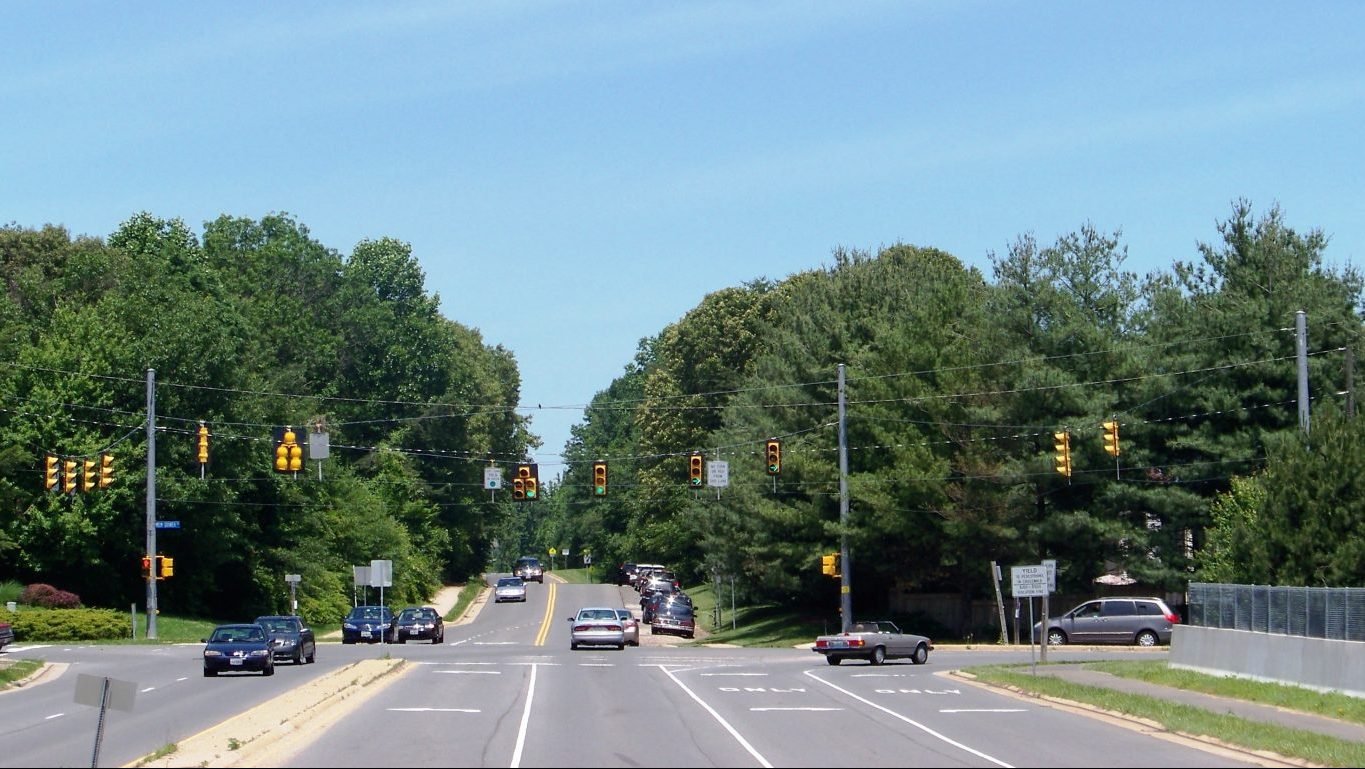
27. Fairfax Station, Virginia
> Median household income: $170,130
> Median home value: $654,600
> Adults with at least a bachelor’s degree: 72.7%
> Poverty rate: 1.3%
[in-text-ad-2]
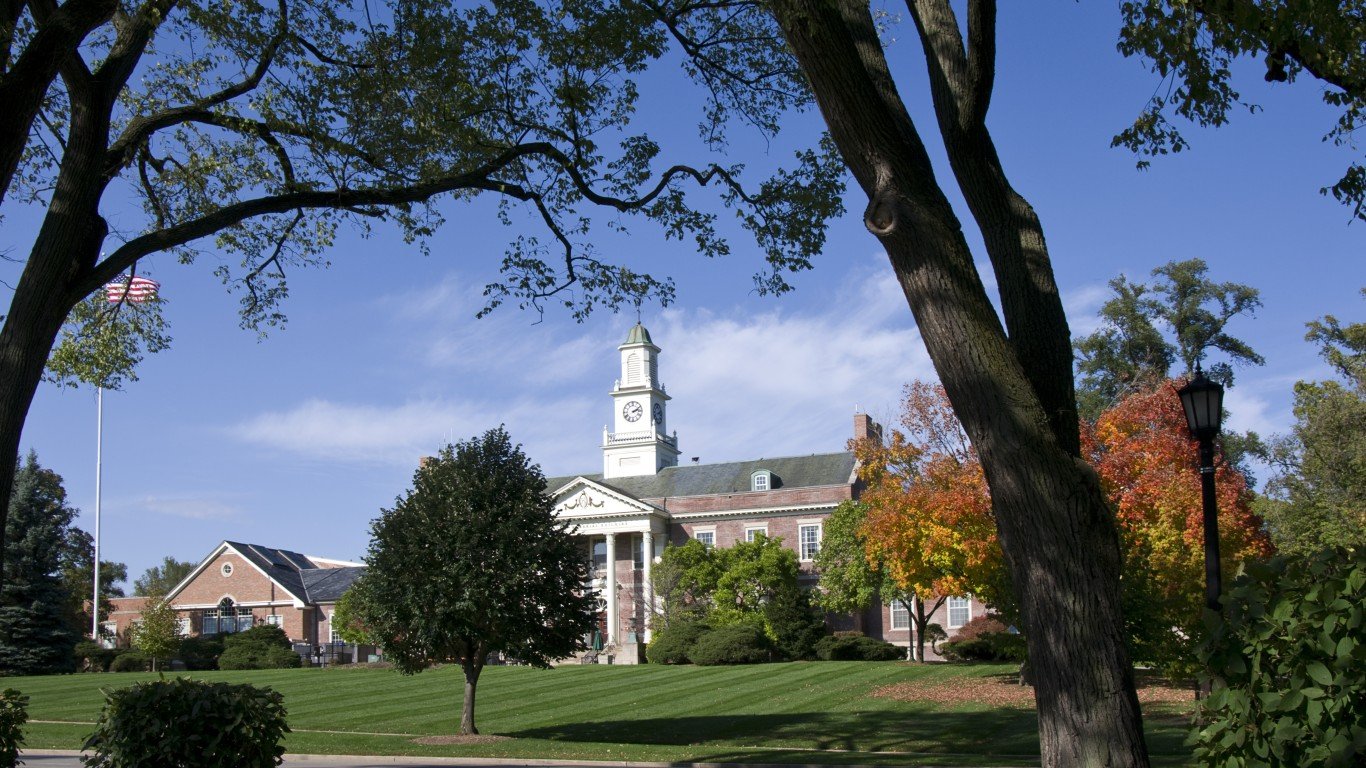
26. Hinsdale, Illinois
> Median household income: $171,453
> Median home value: $875,900
> Adults with at least a bachelor’s degree: 79.6%
> Poverty rate: 4.2%
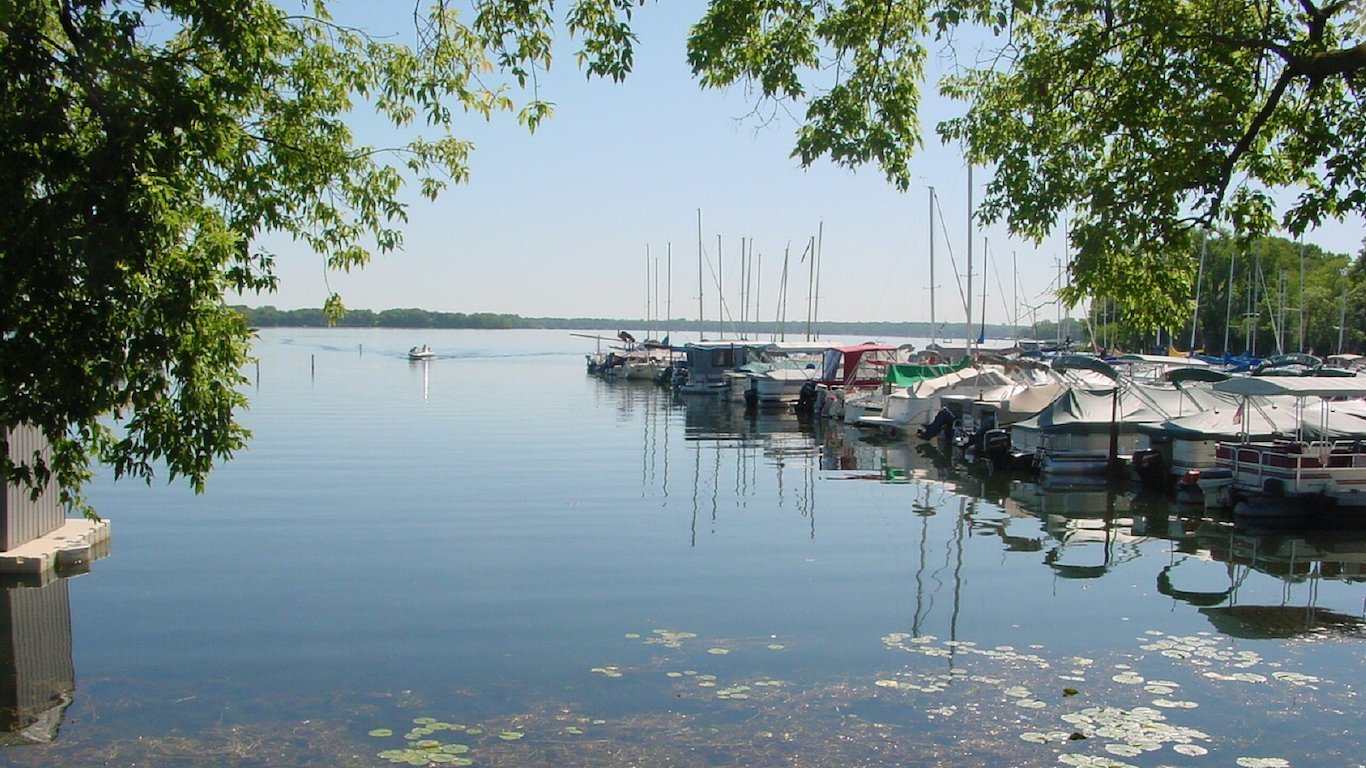
25. Dellwood, Minnesota
> Median household income: $171,750
> Median home value: $585,500
> Adults with at least a bachelor’s degree: 73.7%
> Poverty rate: 1.2%
[in-text-ad]
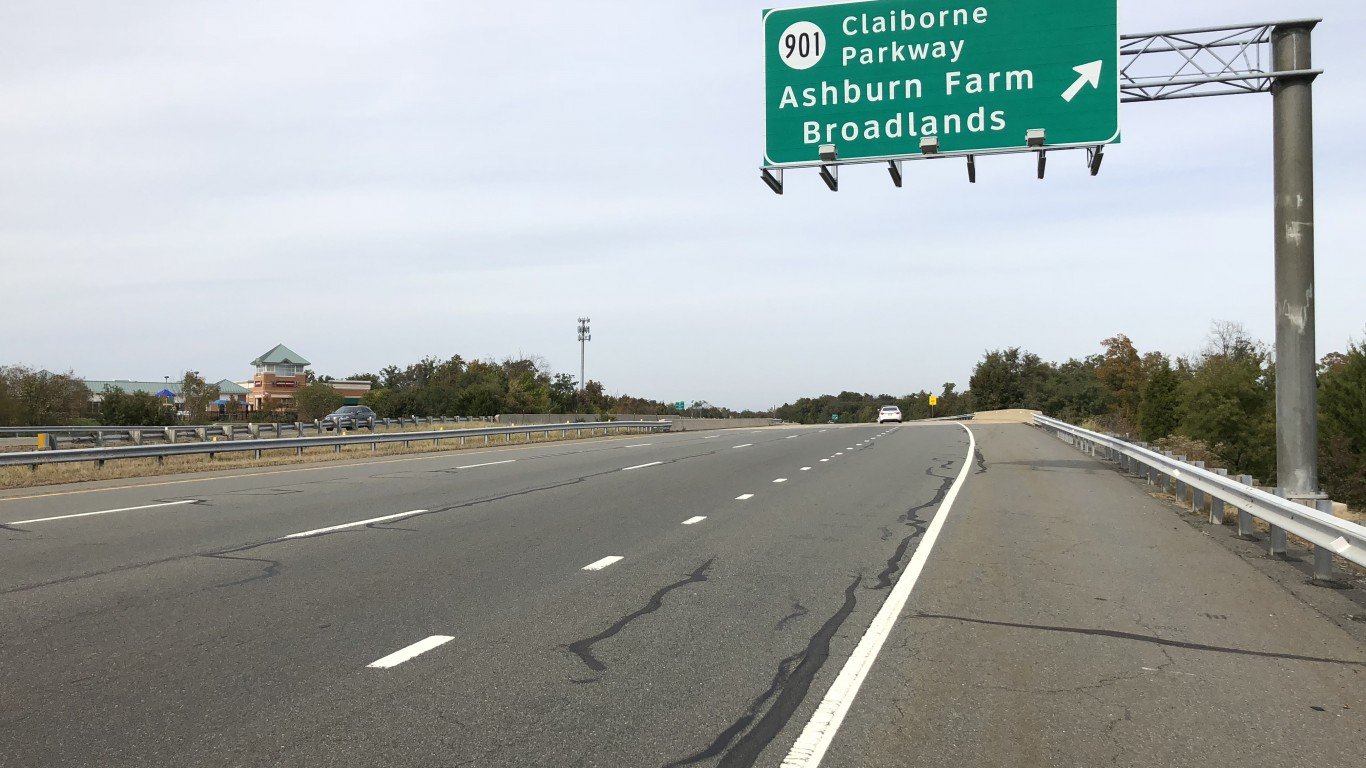
24. Broadlands, Virginia
> Median household income: $173,093
> Median home value: $576,600
> Adults with at least a bachelor’s degree: 75.4%
> Poverty rate: 2.3%
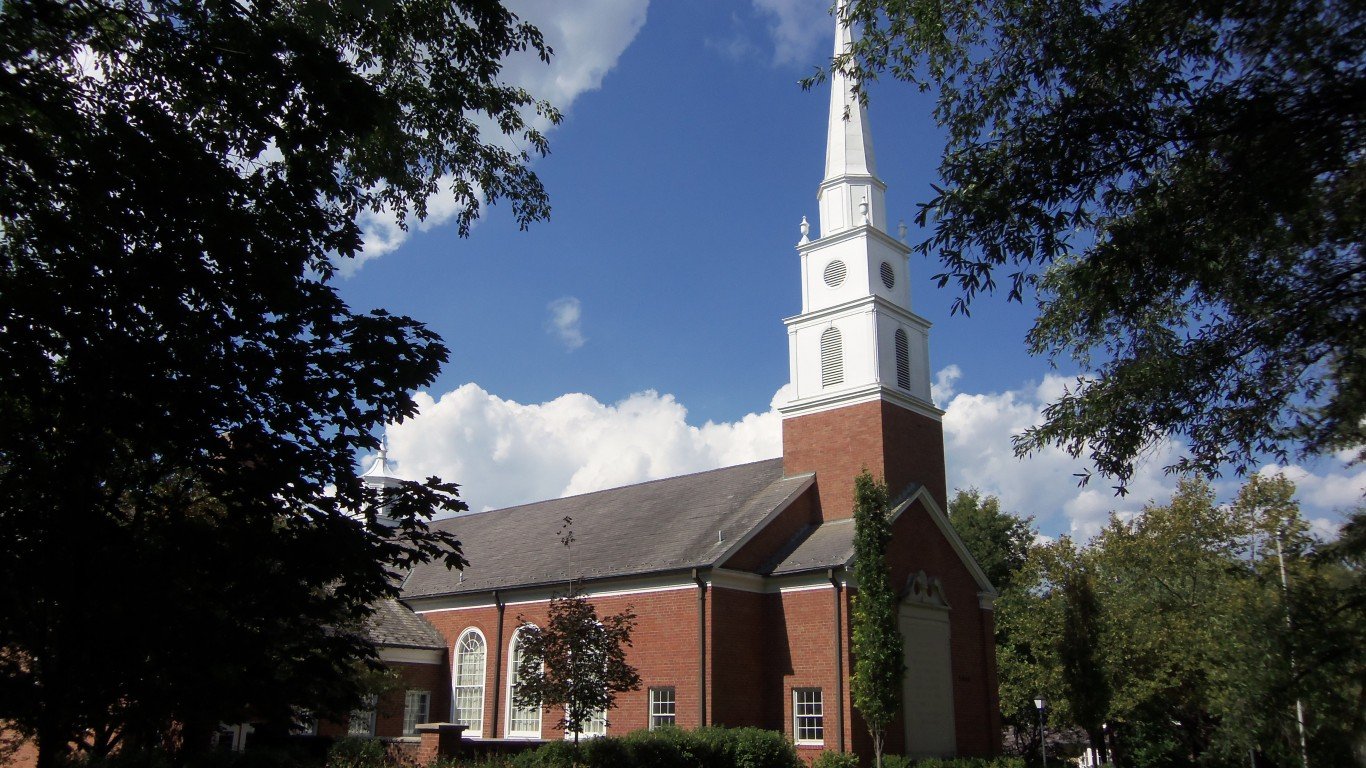
23. Chevy Chase, Maryland
> Median household income: $173,333
> Median home value: $897,000
> Adults with at least a bachelor’s degree: 84.4%
> Poverty rate: 3.3%

22. Brambleton, Virginia
> Median household income: $173,690
> Median home value: $560,000
> Adults with at least a bachelor’s degree: 79.5%
> Poverty rate: 1.5%
[in-text-ad-2]
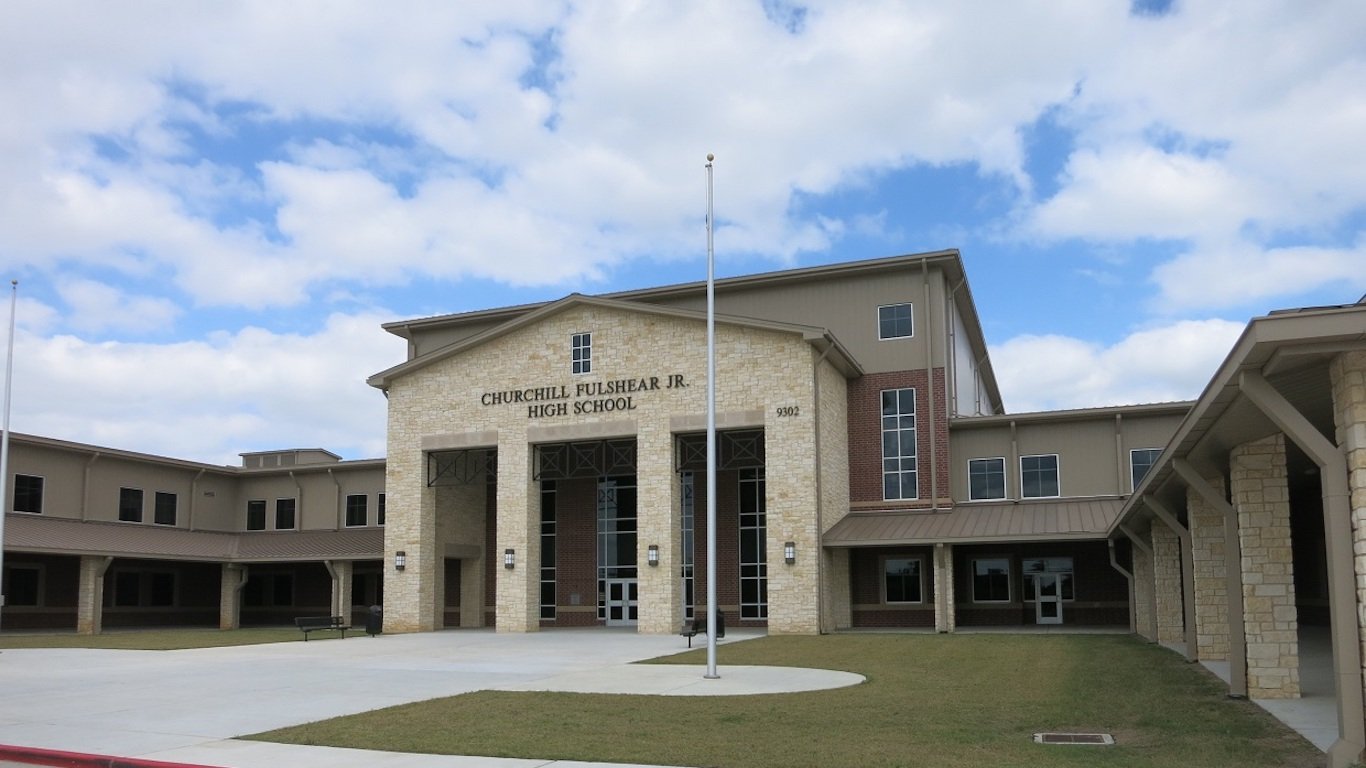
21. Fulshear, Texas
> Median household income: $174,194
> Median home value: $415,900
> Adults with at least a bachelor’s degree: 64.2%
> Poverty rate: 2.5%
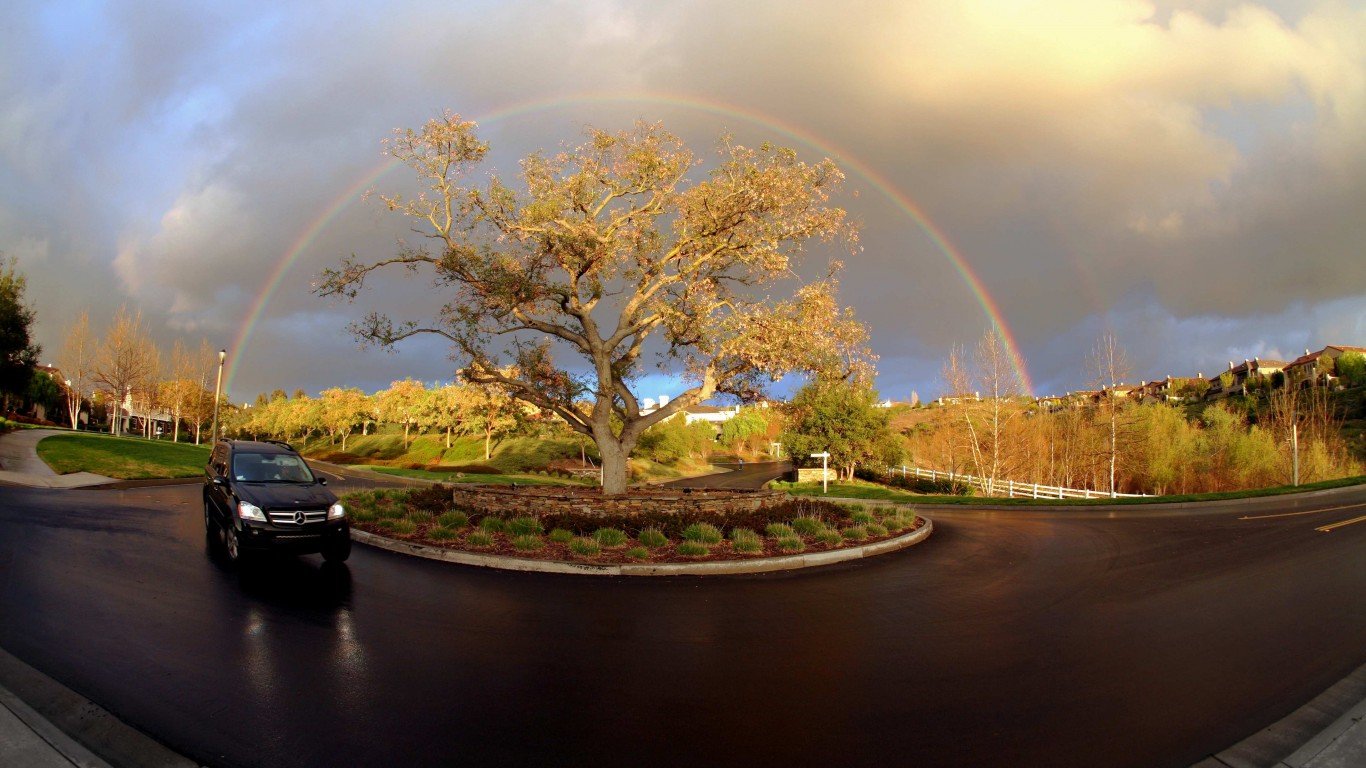
20. Coto de Caza, California
> Median household income: $174,943
> Median home value: $958,100
> Adults with at least a bachelor’s degree: 62.8%
> Poverty rate: 4.2%
[in-text-ad]
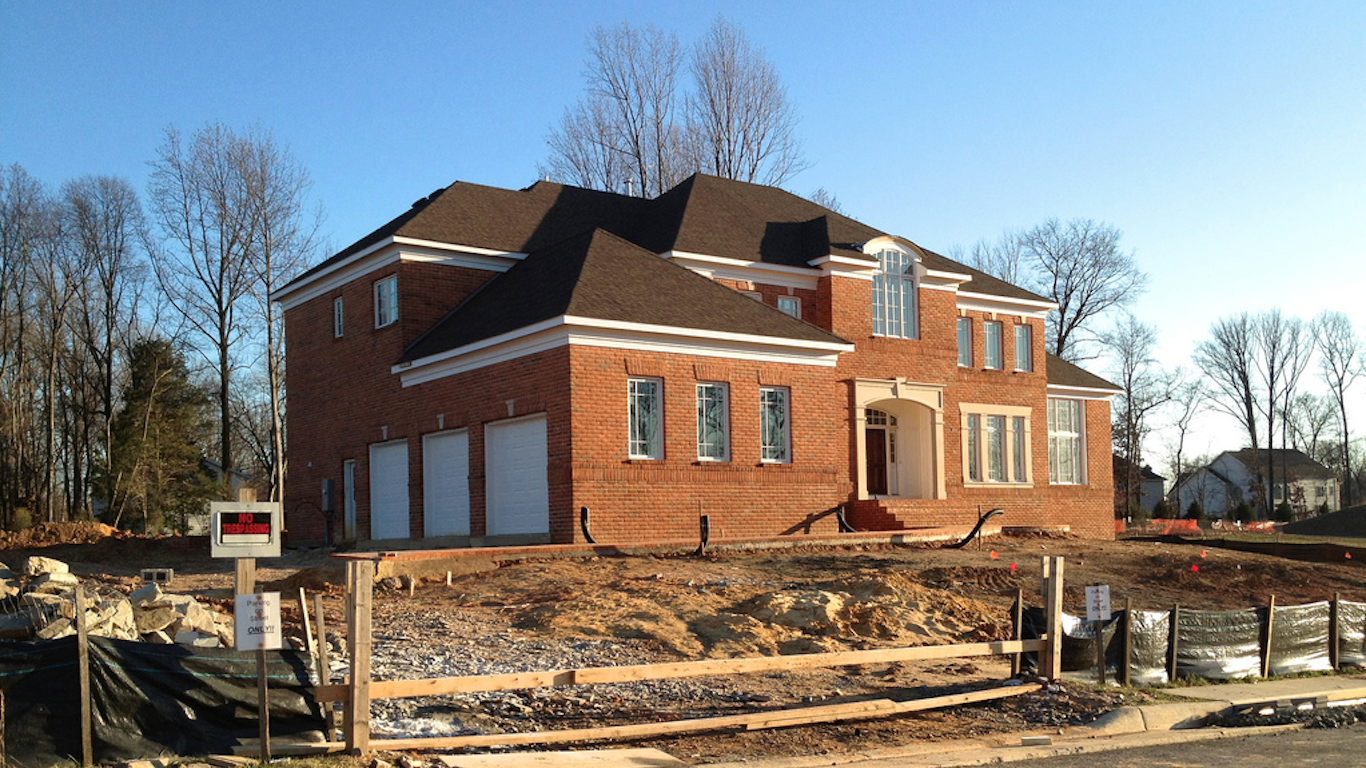
19. Dranesville, Virginia
> Median household income: $175,772
> Median home value: $562,000
> Adults with at least a bachelor’s degree: 71.4%
> Poverty rate: 1.8%
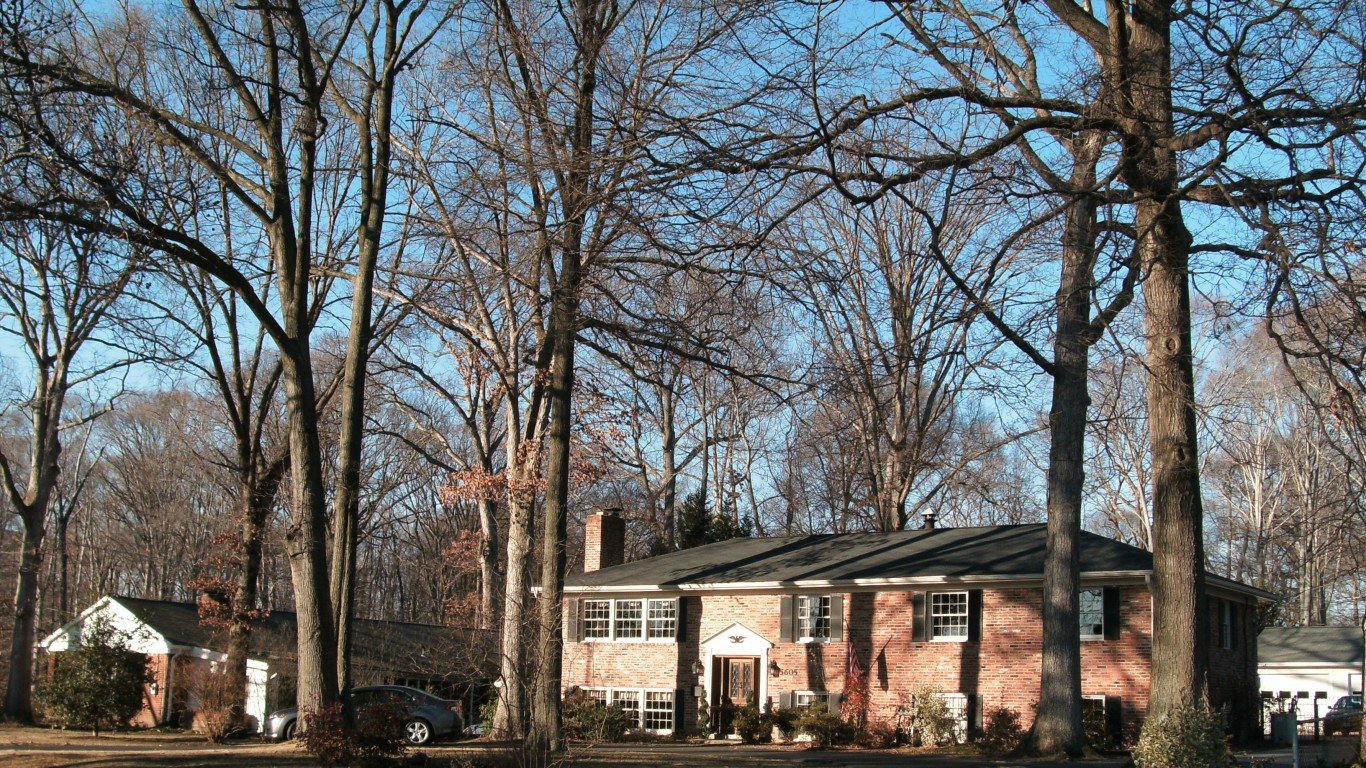
18. Fort Hunt, Virginia
> Median household income: $176,169
> Median home value: $684,600
> Adults with at least a bachelor’s degree: 80.7%
> Poverty rate: 1.1%

17. Highlands-Baywood Park, California
> Median household income: $177,976
> Median home value: $1,321,600
> Adults with at least a bachelor’s degree: 66.1%
> Poverty rate: 2.9%
[in-text-ad-2]
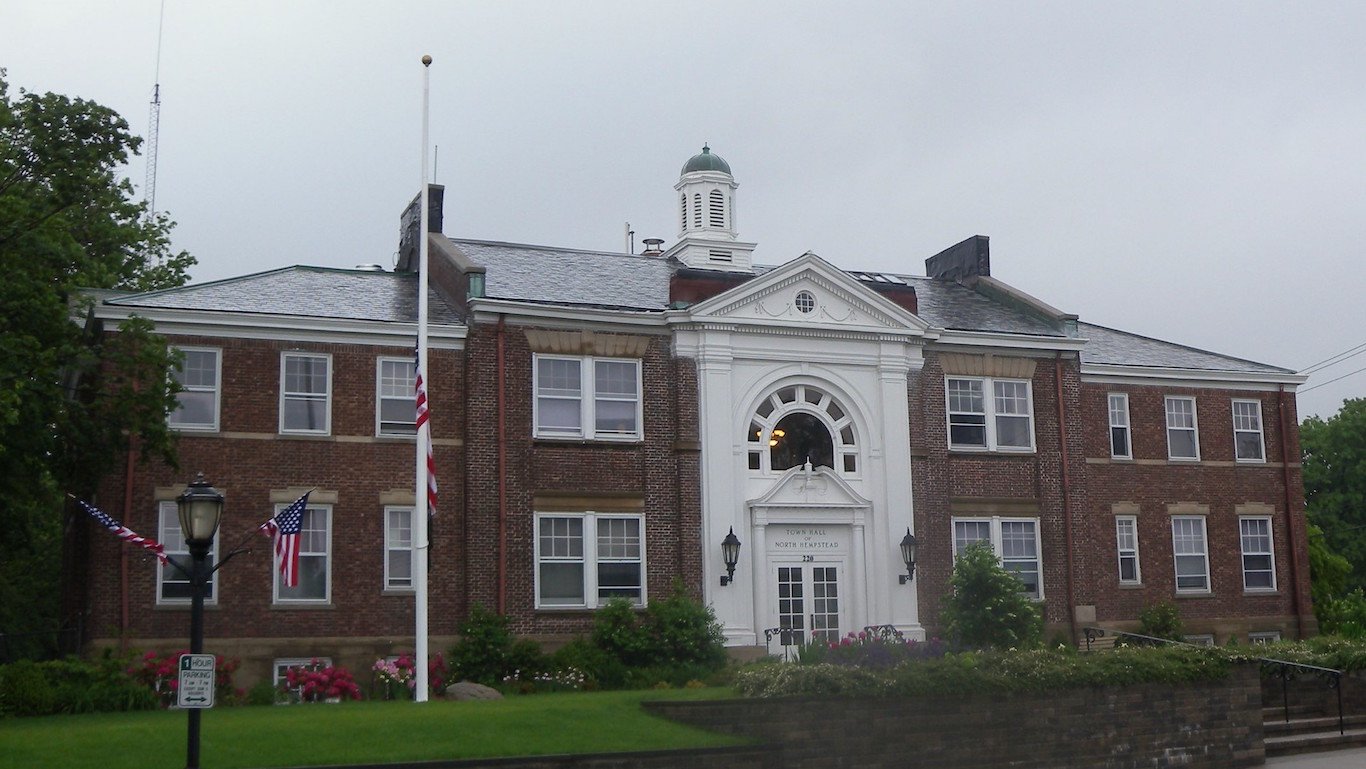
16. Flower Hill, New York
> Median household income: $178,750
> Median home value: $1,237,700
> Adults with at least a bachelor’s degree: 76.3%
> Poverty rate: 1.9%
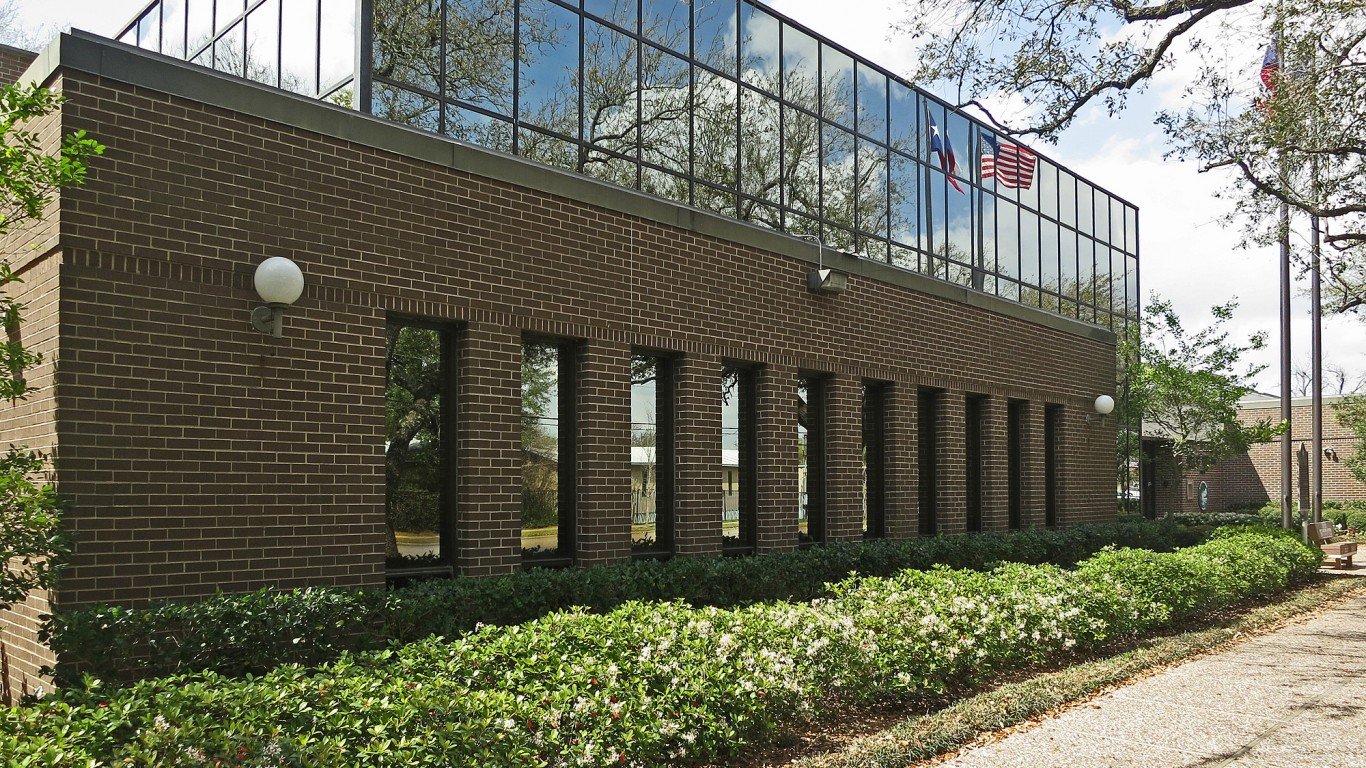
15. Bellaire, Texas
> Median household income: $195,018
> Median home value: $803,000
> Adults with at least a bachelor’s degree: 79.6%
> Poverty rate: 1.7%
[in-text-ad]

14. Belmont, Virginia
> Median household income: $195,882
> Median home value: $679,100
> Adults with at least a bachelor’s degree: 75.4%
> Poverty rate: 3.2%
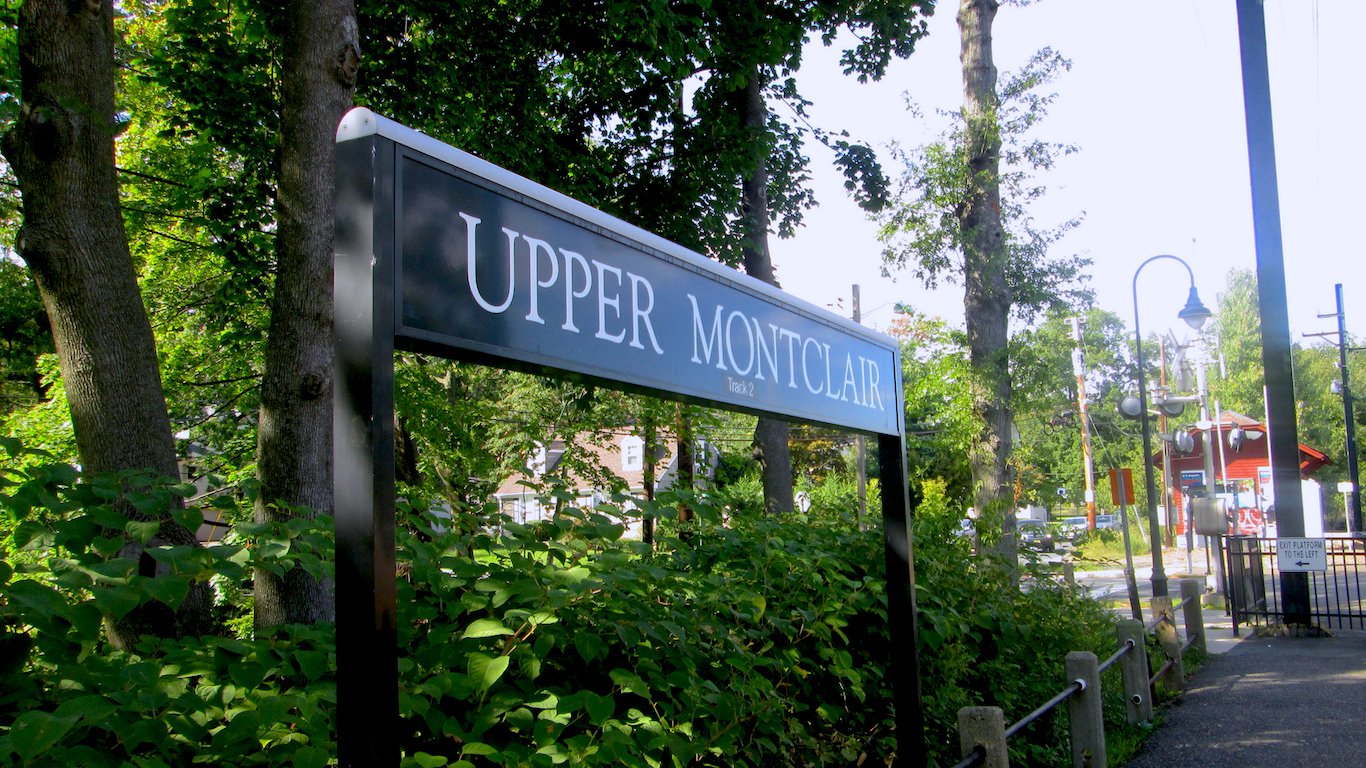
13. Upper Montclair, New Jersey
> Median household income: $196,285
> Median home value: $726,200
> Adults with at least a bachelor’s degree: 85.5%
> Poverty rate: 3.5%
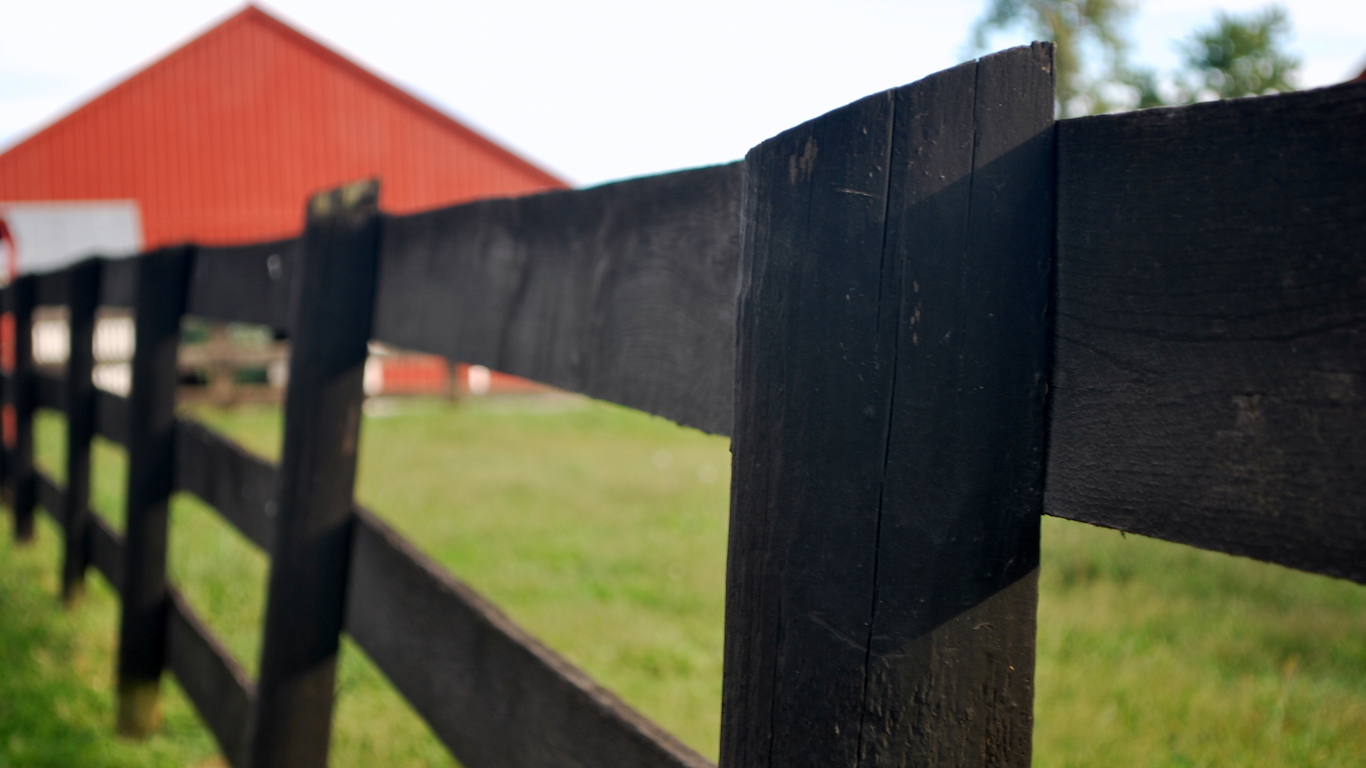
12. Floris, Virginia
> Median household income: $198,068
> Median home value: $668,500
> Adults with at least a bachelor’s degree: 83.1%
> Poverty rate: 3.0%
[in-text-ad-2]
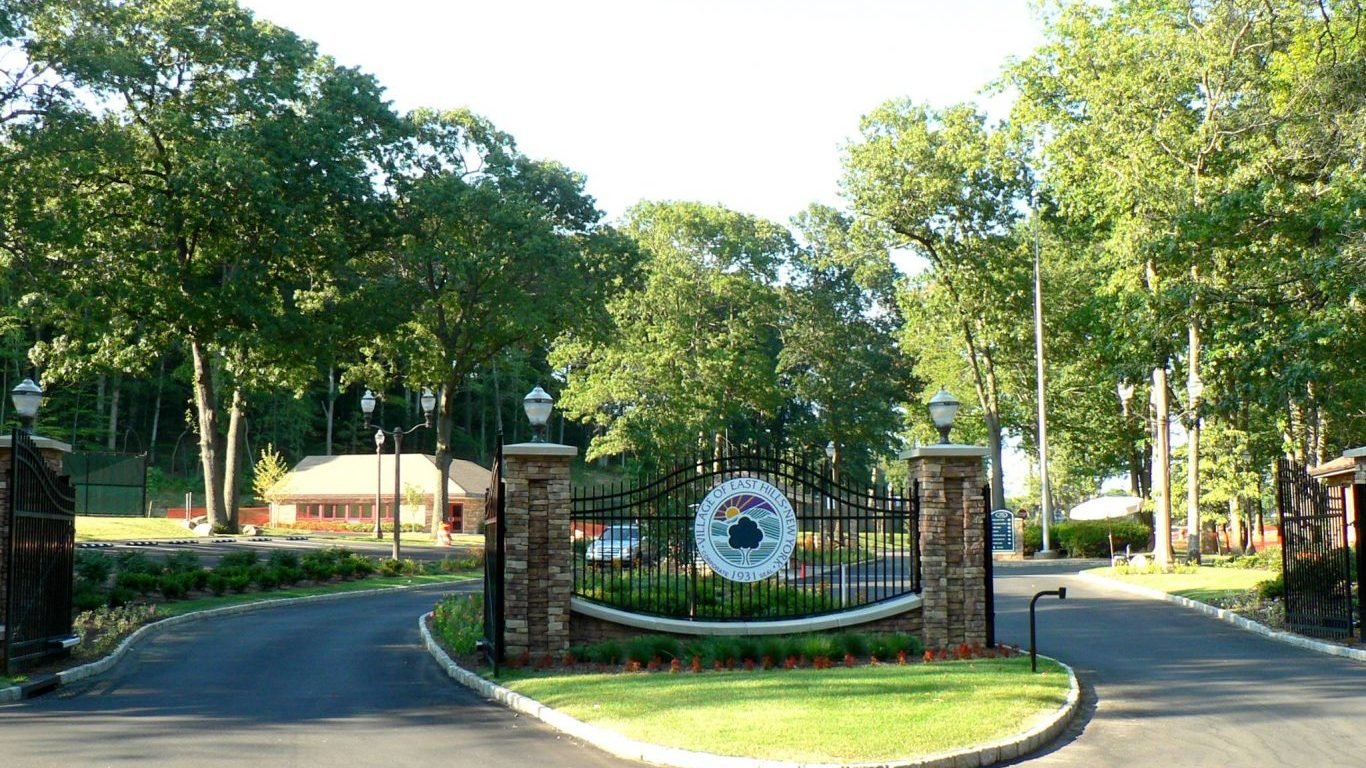
11. East Hills, New York
> Median household income: $199,000
> Median home value: $970,100
> Adults with at least a bachelor’s degree: 80.9%
> Poverty rate: 1.4%
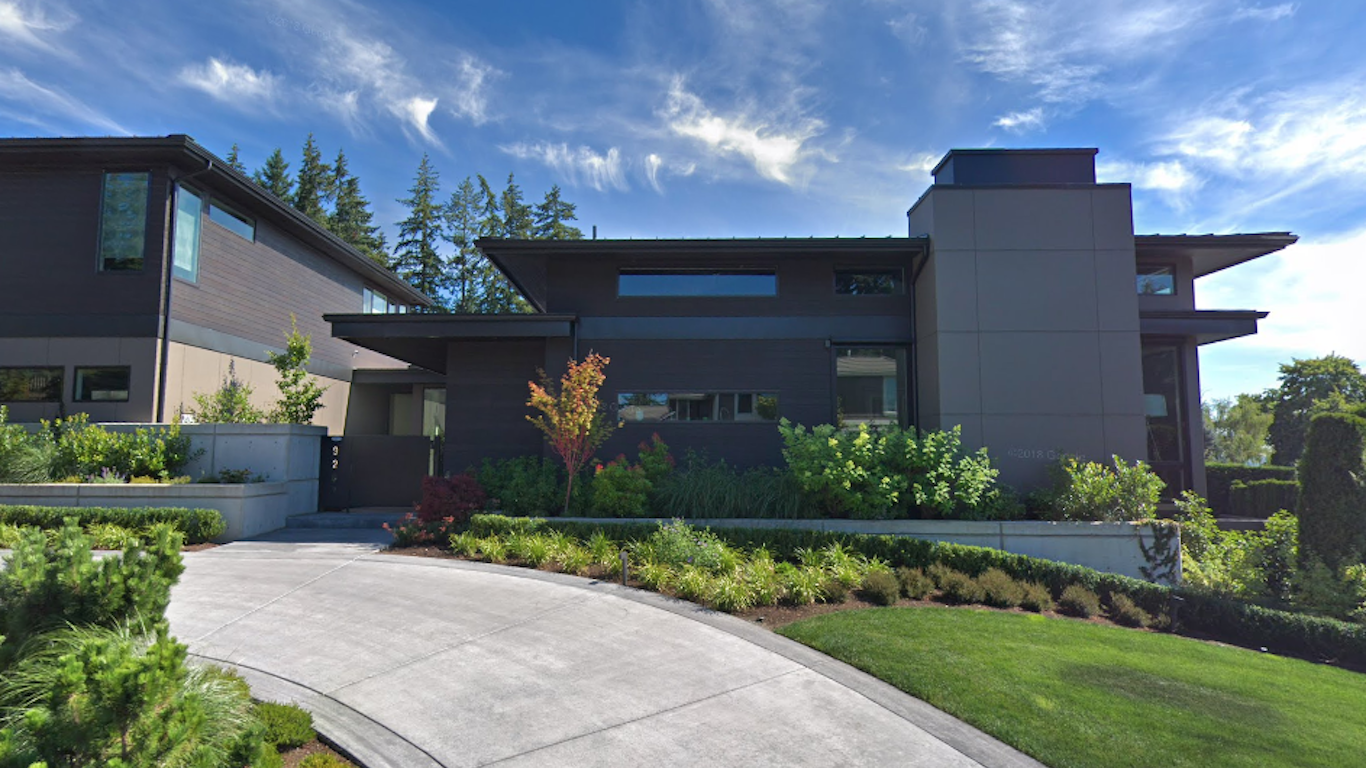
10. Clyde Hill, Washington
> Median household income: $205,500
> Median home value: $1,686,700
> Adults with at least a bachelor’s degree: 77.7%
> Poverty rate: 3.7%
[in-text-ad]
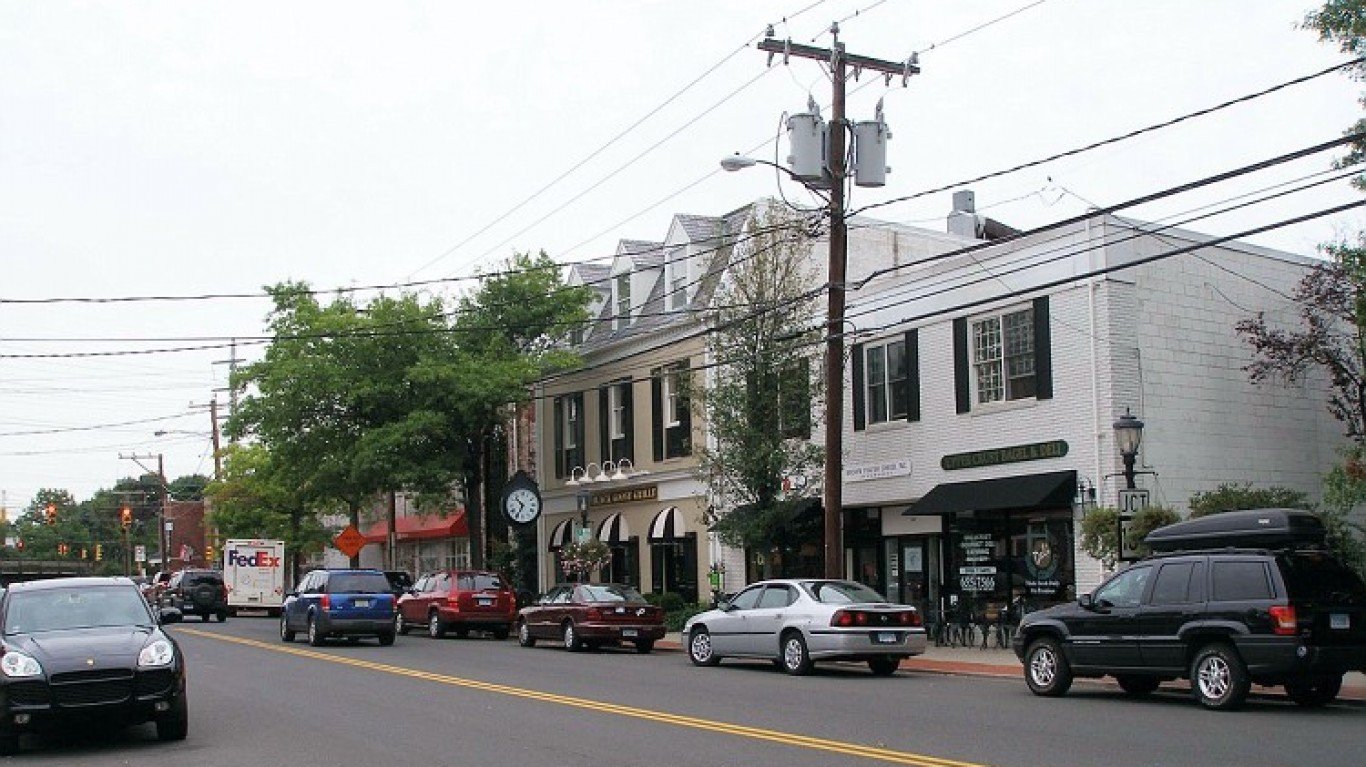
9. Darien, Connecticut
> Median household income: $208,848
> Median home value: $1,398,600
> Adults with at least a bachelor’s degree: 81.0%
> Poverty rate: 3.7%
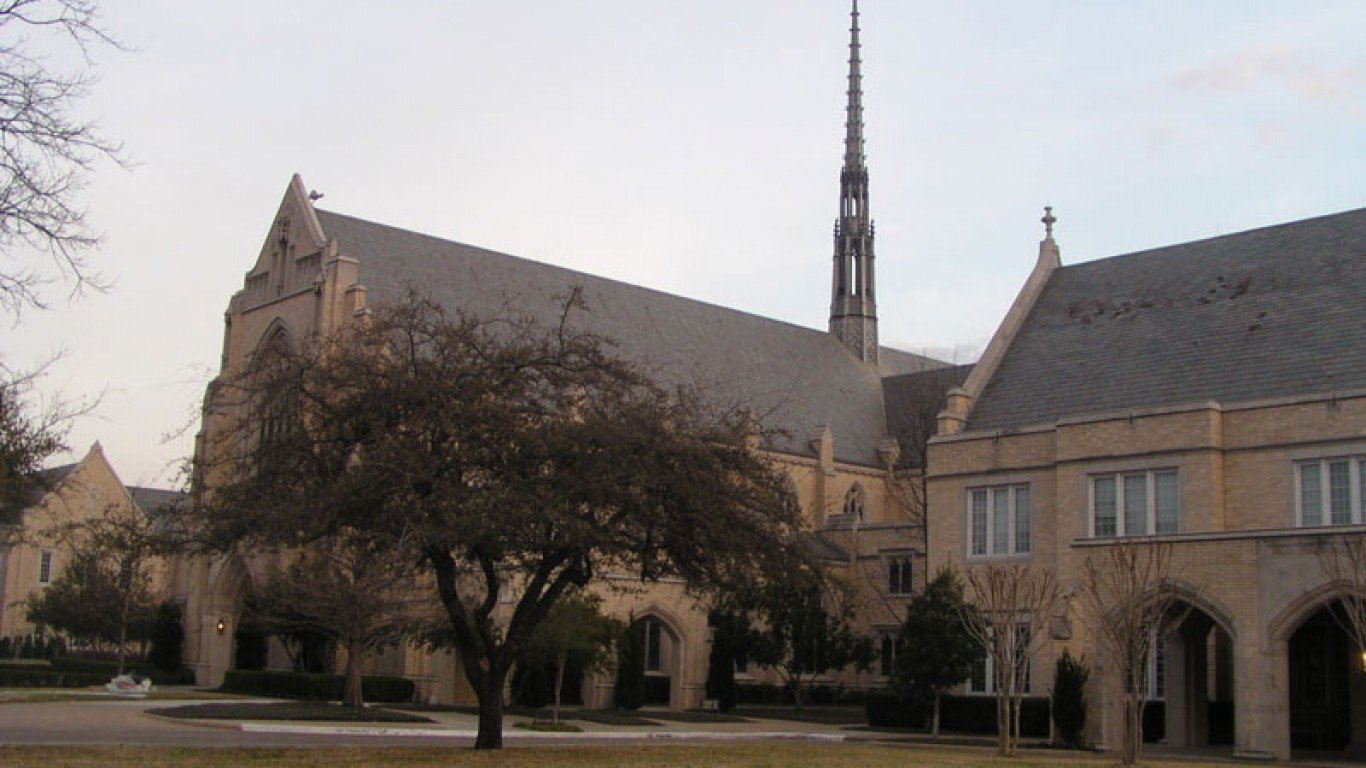
8. University Park, Texas
> Median household income: $211,741
> Median home value: $1,193,800
> Adults with at least a bachelor’s degree: 87.2%
> Poverty rate: 3.9%
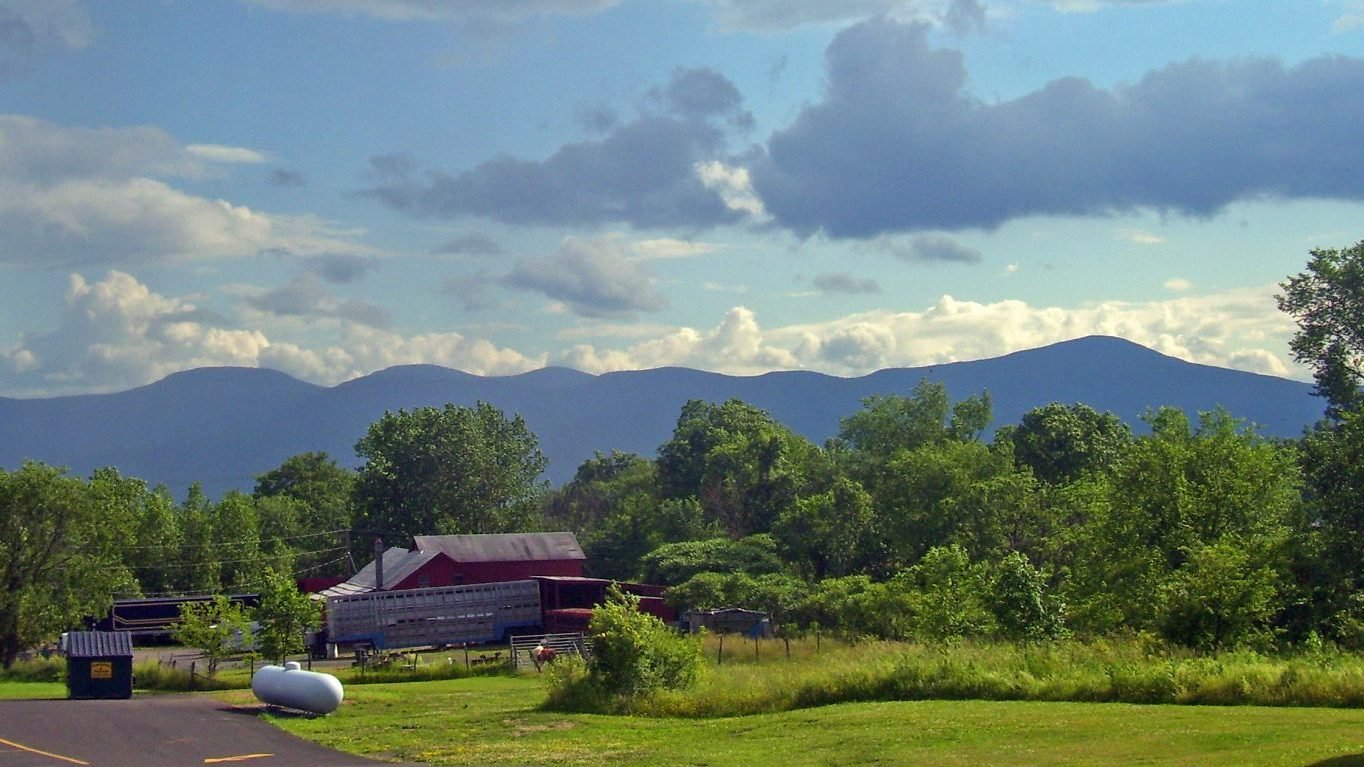
7. Greenville (Westchester County), New York
> Median household income: $212,042
> Median home value: $905,200
> Adults with at least a bachelor’s degree: 79.1%
> Poverty rate: 3.8%
[in-text-ad-2]

6. Belvedere, California
> Median household income: $213,500
> Median home value: $2,000,000
> Adults with at least a bachelor’s degree: 85.0%
> Poverty rate: 2.2%
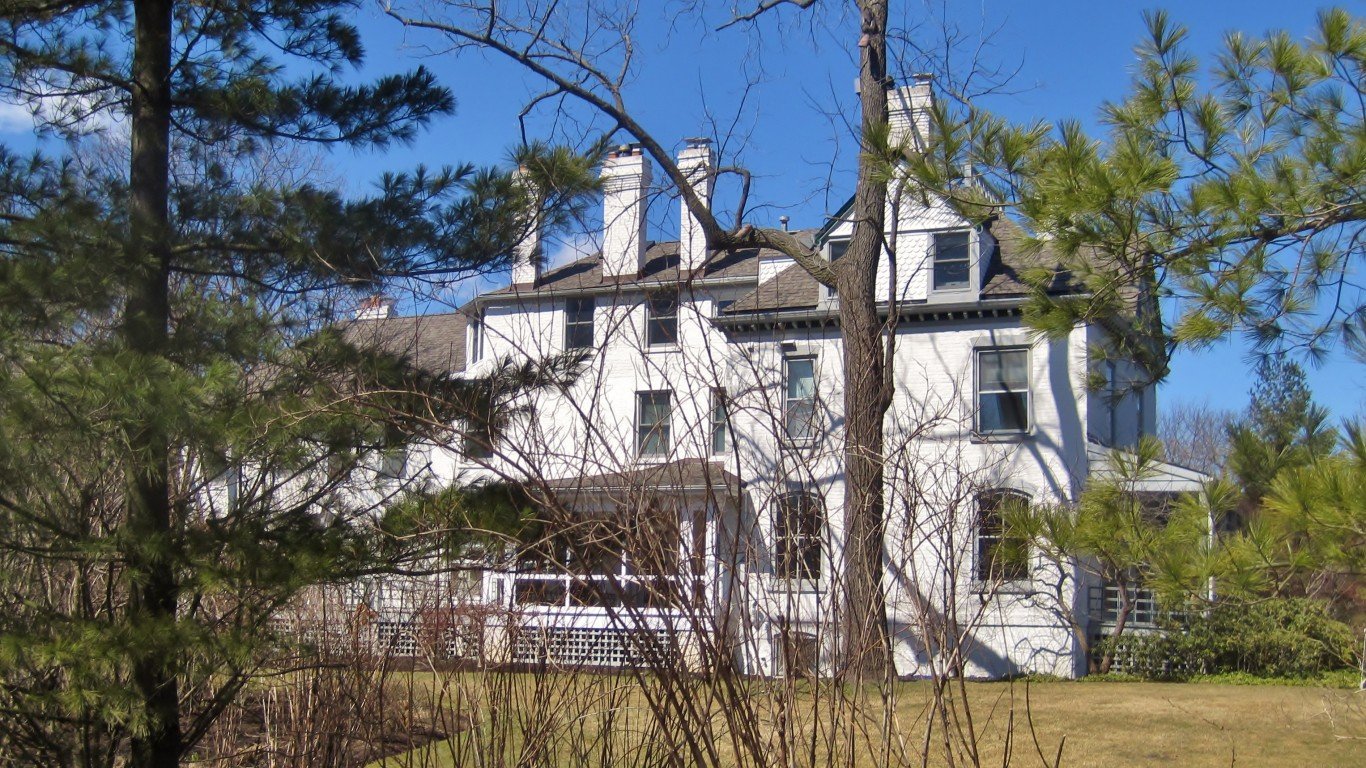
5. Winnetka, Illinois
> Median household income: $216,875
> Median home value: $1,019,800
> Adults with at least a bachelor’s degree: 89.3%
> Poverty rate: 3.2%
[in-text-ad]
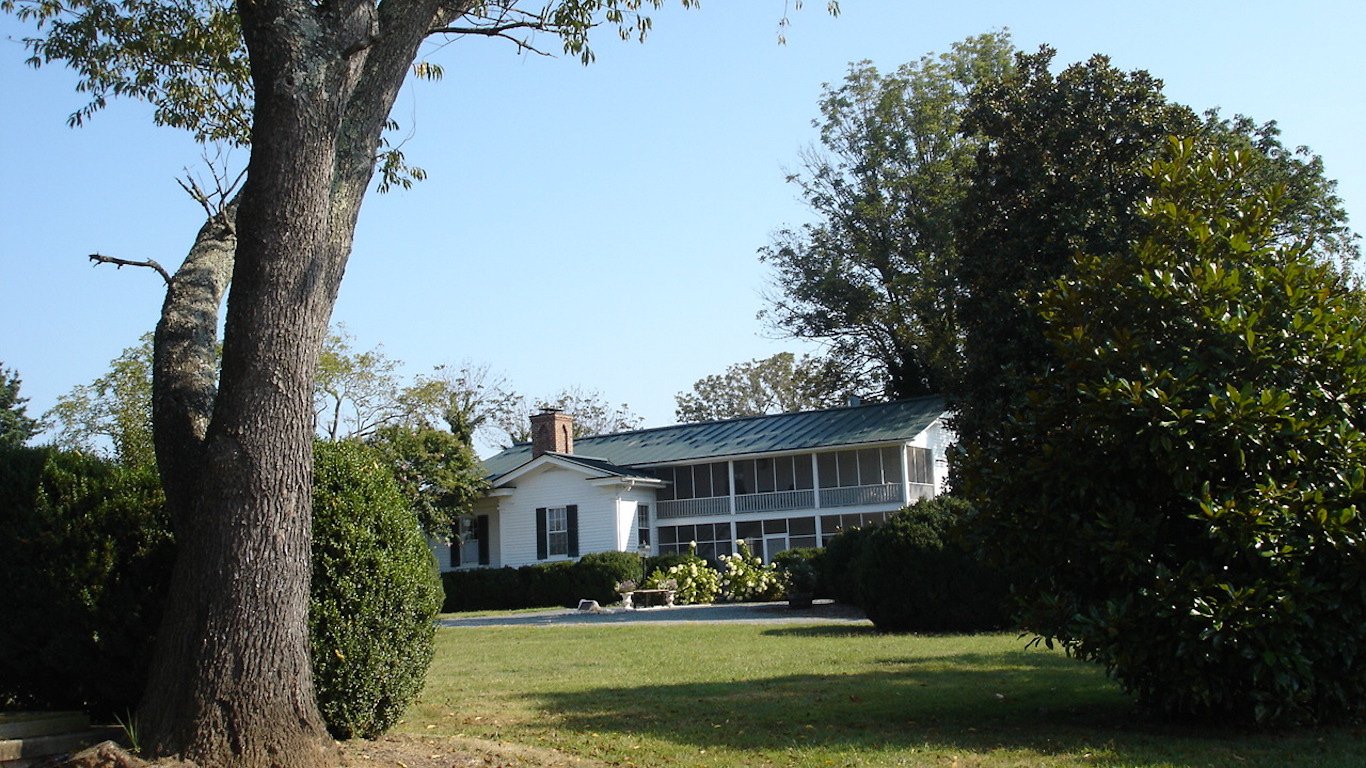
4. Wolf Trap, Virginia
> Median household income: $218,750
> Median home value: $891,100
> Adults with at least a bachelor’s degree: 84.3%
> Poverty rate: 1.7%
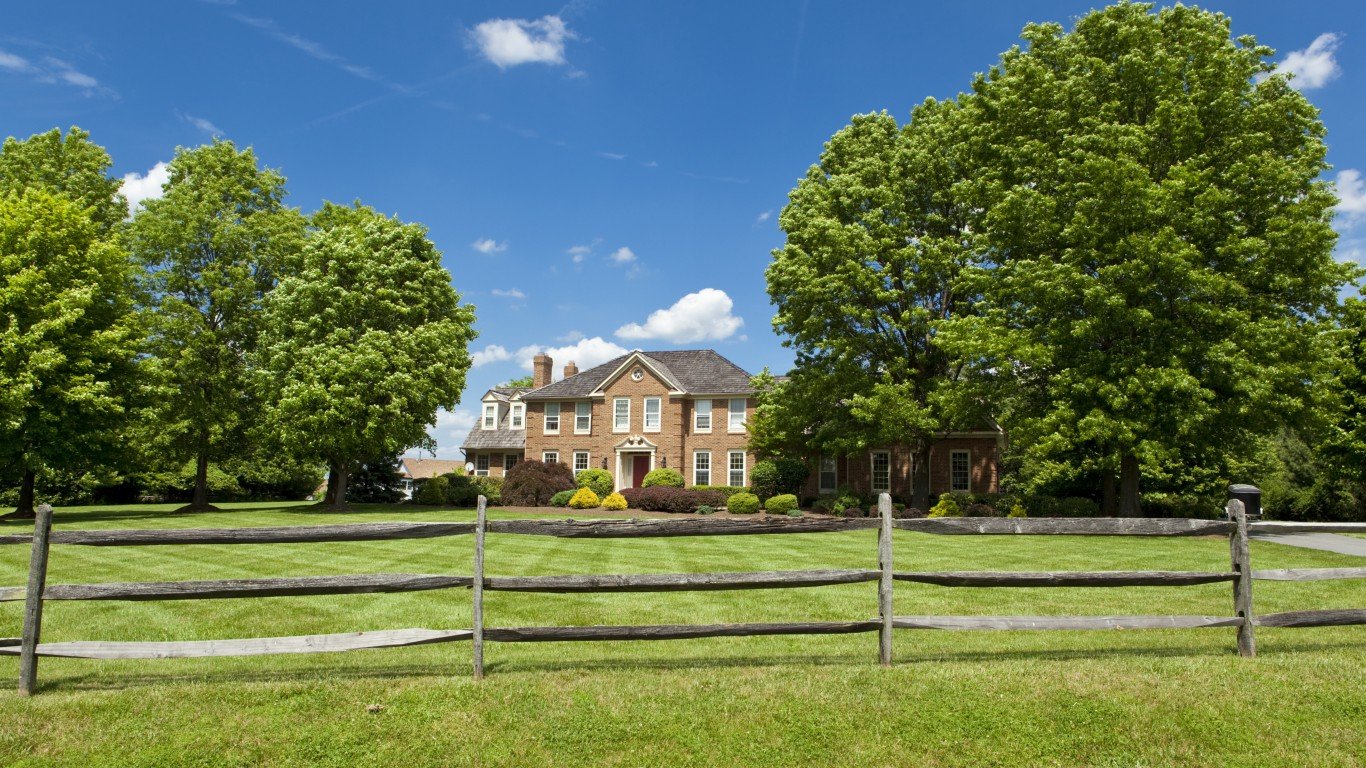
3. Travilah, Maryland
> Median household income: $225,104
> Median home value: $1,072,600
> Adults with at least a bachelor’s degree: 79.0%
> Poverty rate: 2.6%
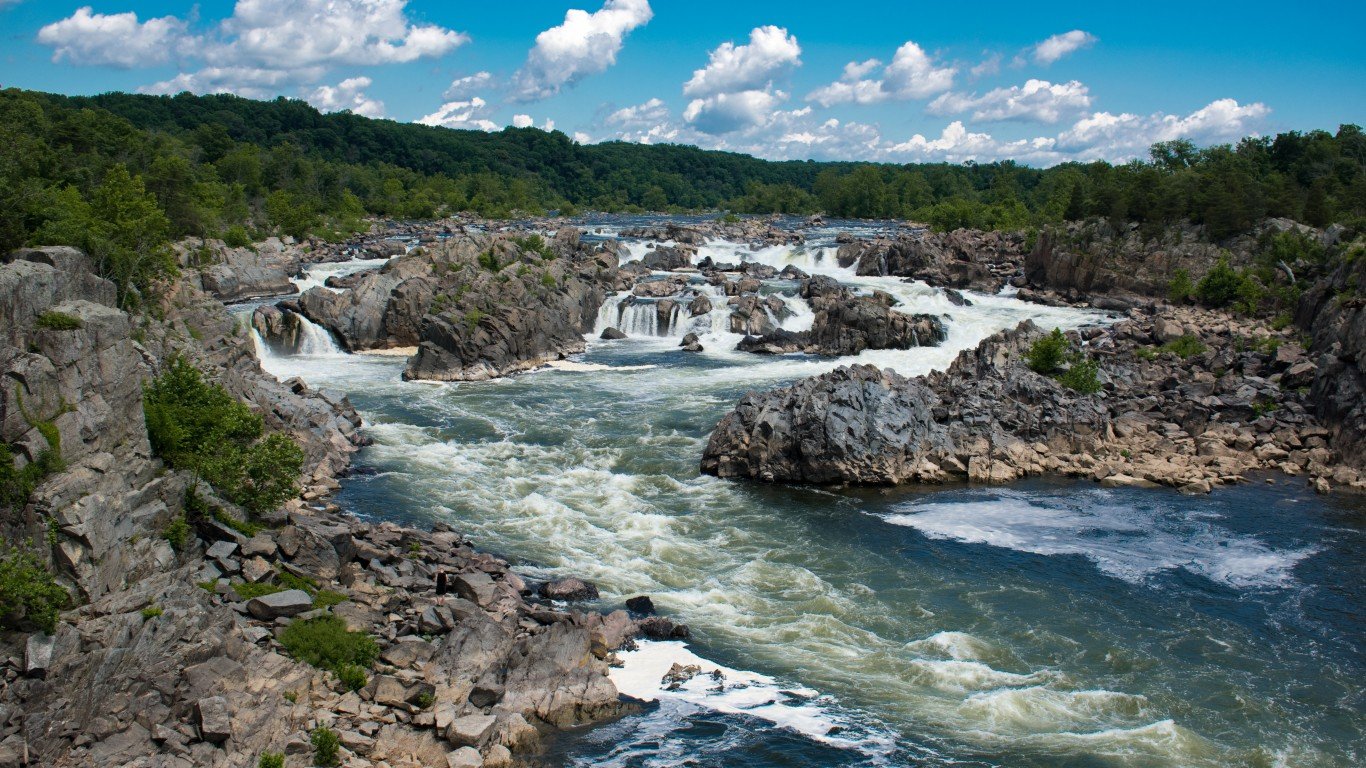
2. Great Falls, Virginia
> Median household income: $230,450
> Median home value: $1,130,400
> Adults with at least a bachelor’s degree: 81.3%
> Poverty rate: 3.1%
[in-text-ad-2]
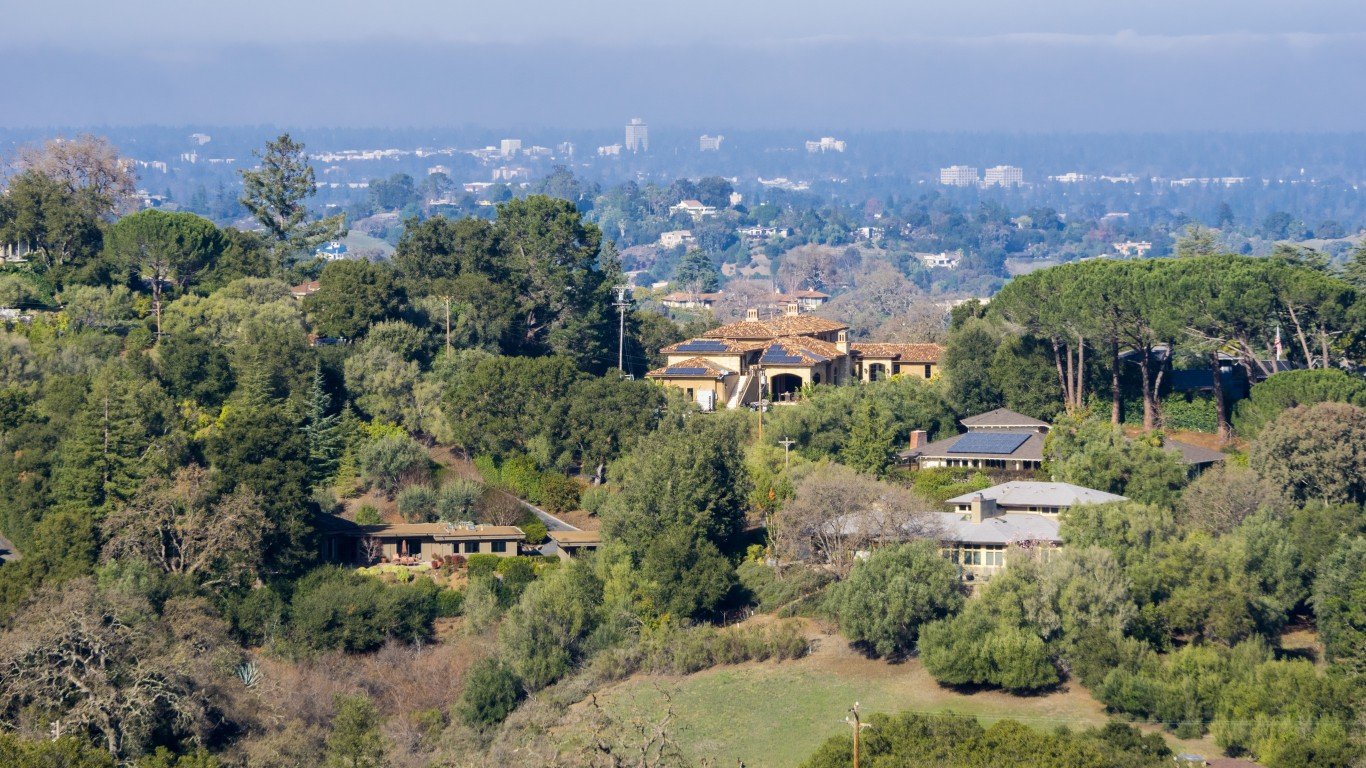
1. Los Altos Hills, California
> Median household income: $248,218
> Median home value: $2,000,000
> Adults with at least a bachelor’s degree: 83.5%
> Poverty rate: 4.2%
Essential Tips for Investing: Sponsored
A financial advisor can help you understand the advantages and disadvantages of investment properties. Finding a qualified financial advisor doesn’t have to be hard. SmartAsset’s free tool matches you with up to three financial advisors who serve your area, and you can interview your advisor matches at no cost to decide which one is right for you. If you’re ready to find an advisor who can help you achieve your financial goals, get started now.
Investing in real estate can diversify your portfolio. But expanding your horizons may add additional costs. If you’re an investor looking to minimize expenses, consider checking out online brokerages. They often offer low investment fees, helping you maximize your profit.
Thank you for reading! Have some feedback for us?
Contact the 24/7 Wall St. editorial team.
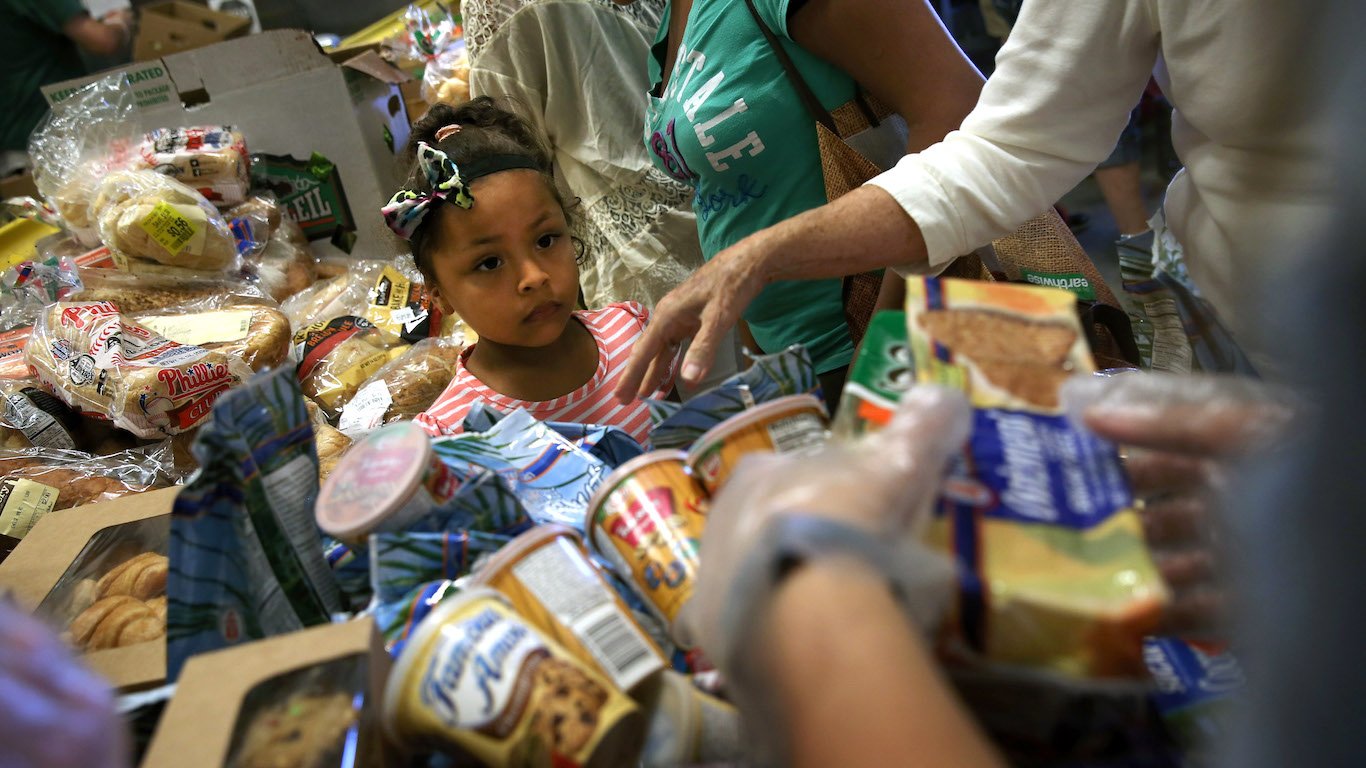 24/7 Wall St.
24/7 Wall St. 24/7 Wall St.
24/7 Wall St.
